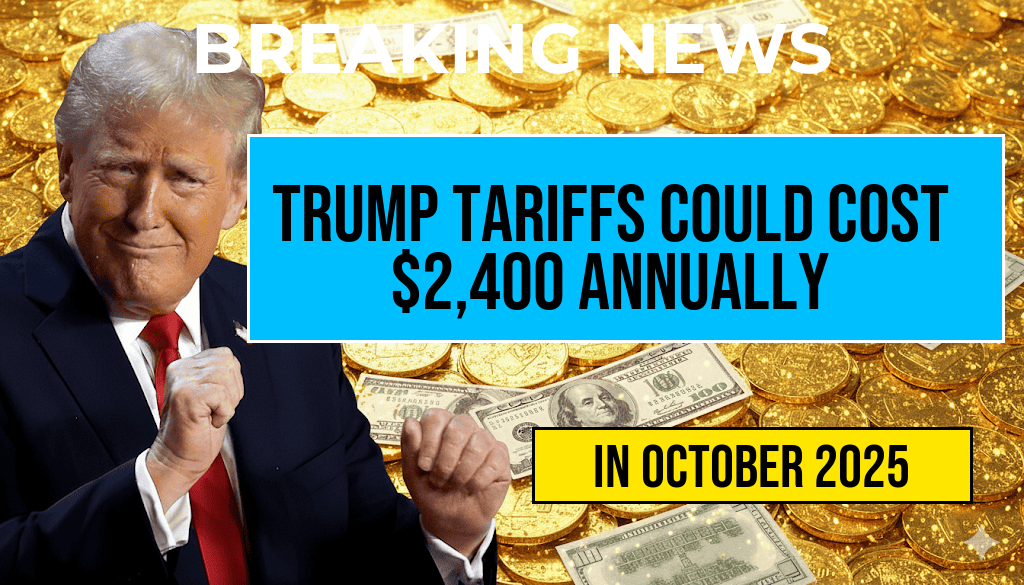The recent overhaul of U.S. tax policies is poised to significantly benefit the nation’s wealthiest individuals. According to preliminary analyses by tax experts and financial institutions, members of the top 1% are expected to see an average increase of approximately $5,000 in net income due to the changes. This shift results from a combination of lower marginal tax rates, expanded deductions, and adjusted thresholds that favor high-income earners. While the reforms aim to promote economic growth and simplify the tax code, critics argue that they disproportionately advantage the wealthy, potentially widening income inequality. As policymakers, economists, and taxpayers examine the implications, understanding the specifics of these reforms and their projected impacts remains vital for informed discourse.
Details of the Tax Reforms and Their Impact on Wealthiest Americans
Key Provisions of the Recent Tax Legislation
- Reductions in top marginal tax rates: The highest income bracket’s rate has been lowered from 37% to 35%, providing immediate tax savings for high-income individuals.
- Increased estate and gift exemptions: The exemption amount has been raised to over $12 million per individual, reducing estate tax liabilities for ultra-wealthy families.
- Expanded deductions and credits: Certain itemized deductions have been preserved or enhanced, offering additional avenues for reducing taxable income.
- Changes to capital gains taxes: The long-term capital gains rate remains at 20%, with some proposals considering adjustments that could benefit high-net-worth investors holding assets over long periods.
Projected Income Gains for Top 1%
Financial analysts estimate that these legislative changes will translate into an average net income increase of about $5,000 for individuals in the top 1% of earners. This figure considers the cumulative effect of lower tax rates, increased deductions, and strategic planning opportunities facilitated by the reforms.
| Income Bracket | Average Net Income Increase | Percentage Increase |
|---|---|---|
| Top 0.1% | $8,000 | 2.1% |
| Top 1% | $5,000 | 1.3% |
| Next 9% | $1,200 | 0.4% |
Economic and Social Implications
Advantages for High-Income Earners
Supporters of the reforms argue that lowering tax burdens on the wealthy can stimulate investment, entrepreneurship, and job creation. By increasing disposable income, high-net-worth individuals may allocate more resources toward ventures that could bolster economic growth. Additionally, the expanded estate exemptions may allow wealthy families to preserve generational wealth more effectively.
Criticism and Concerns
However, critics contend that these benefits come at a social cost. Data from organizations such as the Congressional Budget Office suggest that the top 1% already control a disproportionate share of wealth, and further tax advantages could exacerbate income inequality. Opponents also highlight that the projected $5,000 increase for high earners pales in comparison to potential gains for lower-income groups under alternative policy approaches.
Moreover, some experts warn that the long-term effects of these reforms on federal revenue could lead to increased deficits, potentially impacting funding for social programs and public services. The debate underscores the ongoing tension between fostering economic growth and ensuring equitable wealth distribution.
Context from Broader Economic Data
According to data from the Wikipedia page on income inequality in the U.S., the wealthiest 1% have seen their share of national income rise steadily over the past few decades. The recent tax reforms are expected to further this trend, prompting discussions about the role of tax policy in shaping economic disparities.
Looking Ahead
As the legislative landscape continues to evolve, the actual impact of these tax reforms will depend on future policy adjustments and economic conditions. While the immediate benefits for the top 1% are quantifiable, the broader implications for income distribution, federal revenues, and social equity remain subjects of vigorous debate among policymakers and the public alike.
Frequently Asked Questions
What is the main impact of recent tax reforms on the wealthiest Americans?
The recent tax reforms are expected to increase the net income of the wealthiest Americans in the Top 1% by approximately $5,000, enhancing their overall financial position.
How much additional income are the top 1% of earners projected to gain from these reforms?
The top 1% are projected to see an average increase of $5,000 in their net income as a result of the recent tax changes.
Which groups within the American population benefit most from these tax reforms?
The wealthiest Americans in the Top 1% are expected to benefit the most, with significant gains in their net income, while other income groups may see less impact.
Are these tax reforms expected to have long-term effects on income inequality?
While the reforms provide a short-term increase in net income for the wealthy, their long-term impact on income inequality remains a topic of debate among economists and policymakers.
What factors contributed to the projected income gains for the top 1%?
The tax reforms likely include provisions such as tax rate reductions and other incentives that primarily benefit high-income earners, resulting in the projected $5,000 increase in net income.






